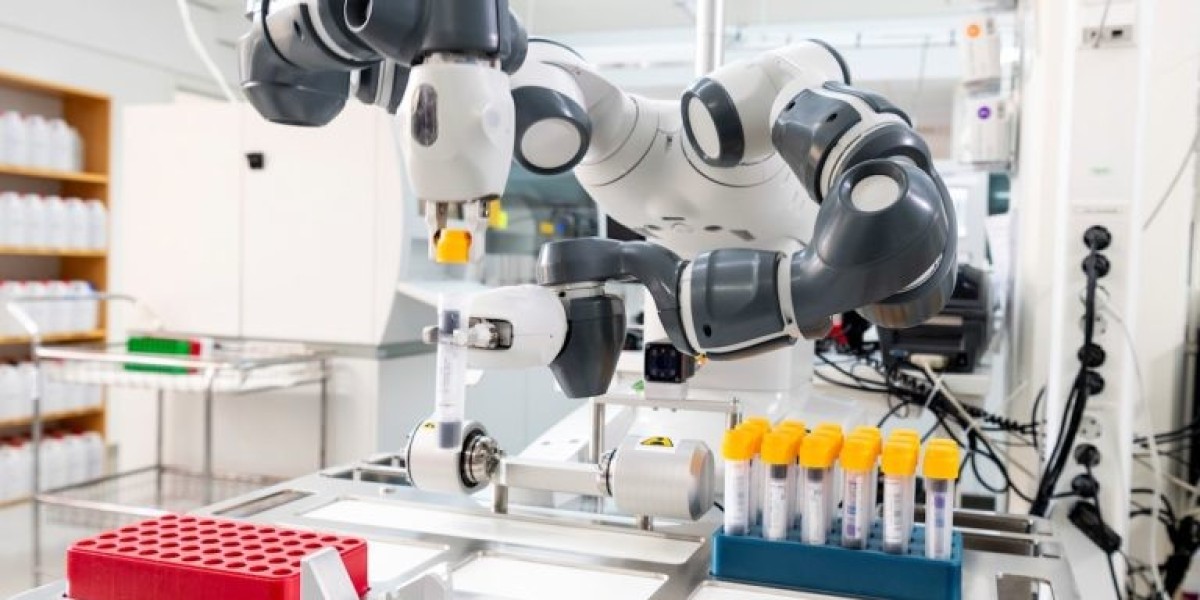Collaborative Robot Companies Overview:
Collaborative robots, or cobots, have created a revolutionary change in the robotics profession in recent years. Unlike traditional industrial robots that operate in isolation, cobots are designed to work alongside humans, fostering a new era of human-robot collaboration. As this technology continues to gain traction across various industries, a multitude of collaborative robot companies have entered the market, each bringing unique innovations and solutions. In this article, we will explore the landscape of collaborative robot companies, examining key players, their contributions, and the evolving dynamics of this rapidly growing industry.
Key Players in the Collaborative Robot Industry:
- Universal Robots: Universal Robots, a pioneer in the collaborative robot space, introduced the world's first commercially successful cobot in 2008. Their robots are known for their flexibility, ease of use, and adaptability to various applications. Universal Robots has played a crucial role in shaping the collaborative robot industry and has established itself as a market leader.
- ABB: ABB is a global leader in industrial automation and robotics, with a strong presence in the collaborative robot sector. Their cobots are designed to work seamlessly with humans, enhancing productivity and safety. ABB's collaborative robots find applications in industries such as manufacturing, logistics, and healthcare.
- FANUC: FANUC is a Japanese multinational corporation specializing in factory automation, robotics, and CNC systems. In the collaborative robot domain, FANUC offers robots that are designed to work safely alongside human workers, providing efficient solutions for tasks such as material handling and assembly.
- Rethink Robotics (now part of HAHN Group): Rethink Robotics, a company that made headlines with its innovative Baxter and Sawyer cobots, was acquired by the HAHN Group. These robots are known for their adaptability and user-friendly interfaces, making them suitable for a wide range of applications in industries like electronics and automotive.
- KUKA: KUKA is a German manufacturer of industrial robots and automation solutions. In the collaborative robot sector, KUKA offers robots that prioritize safety and efficiency. Their cobots find applications in industries such as electronics, food, and consumer goods.
- Techman Robot: Techman Robot is a Taiwan-based company specializing in collaborative robots with built-in vision systems. Their robots are equipped with advanced sensing capabilities, allowing them to work in dynamic environments. Techman Robot focuses on providing solutions for industries like electronics, automotive, and logistics.
Browse More Information:
https://brandessenceresearch.com/blog/collaborative-robot-companies
Industry Dynamics and Trends:
- Integration of AI and Vision Systems: Collaborative robot companies are increasingly incorporating artificial intelligence (AI) and advanced vision systems into their robots. This integration enables cobots to perform complex tasks, adapt to changing environments, and work more effectively alongside humans.
- Safety Innovations: Ensuring the safety of human workers is a top priority in collaborative robotics. Companies are investing in advanced safety features such as force sensing, collision detection, and responsive control systems to create a secure working environment.
- Diverse Applications: The applications of collaborative robots continue to expand beyond traditional manufacturing settings. From healthcare and logistics to agriculture and research, cobots are finding utility in a wide range of industries, showcasing their versatility and adaptability.
- Ecosystem Development: Collaborative robot companies are building comprehensive ecosystems around their products. This includes the development of software, peripherals, and accessories that enhance the functionality and usability of their cobots, creating integrated solutions for end-users.
Conclusion:
The collaborative robot industry is witnessing an era of remarkable growth and innovation, driven by the contributions of key players and the adoption of cobots across diverse industries. As technology continues to evolve, collaborative robot companies are poised to play a pivotal role in shaping the future of automation, emphasizing safety, flexibility, and efficiency in human-robot collaboration. With ongoing advancements and an expanding market, the collaborative robot landscape promises to bring about transformative changes in the way we perceive and integrate robotics into our daily operations.








